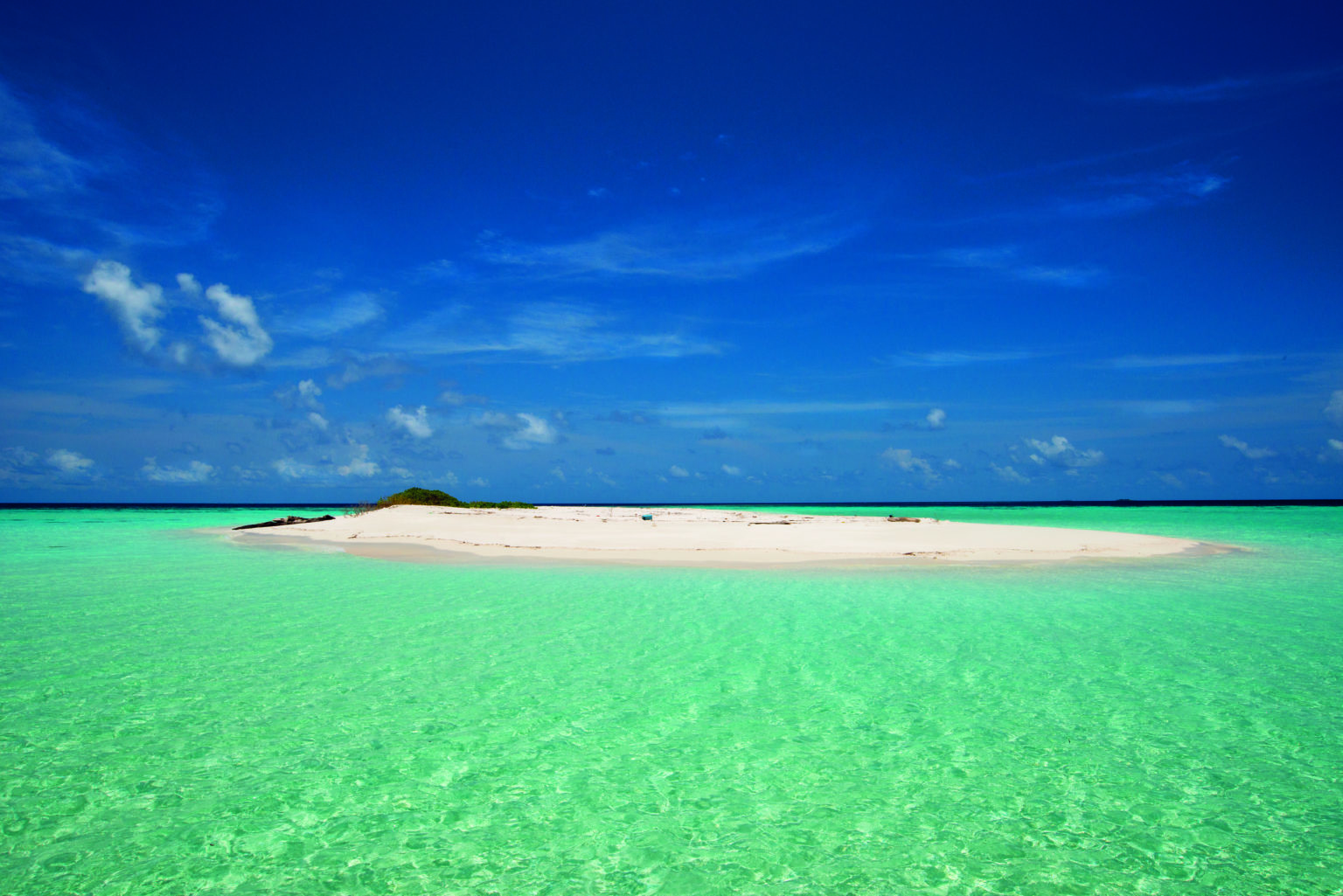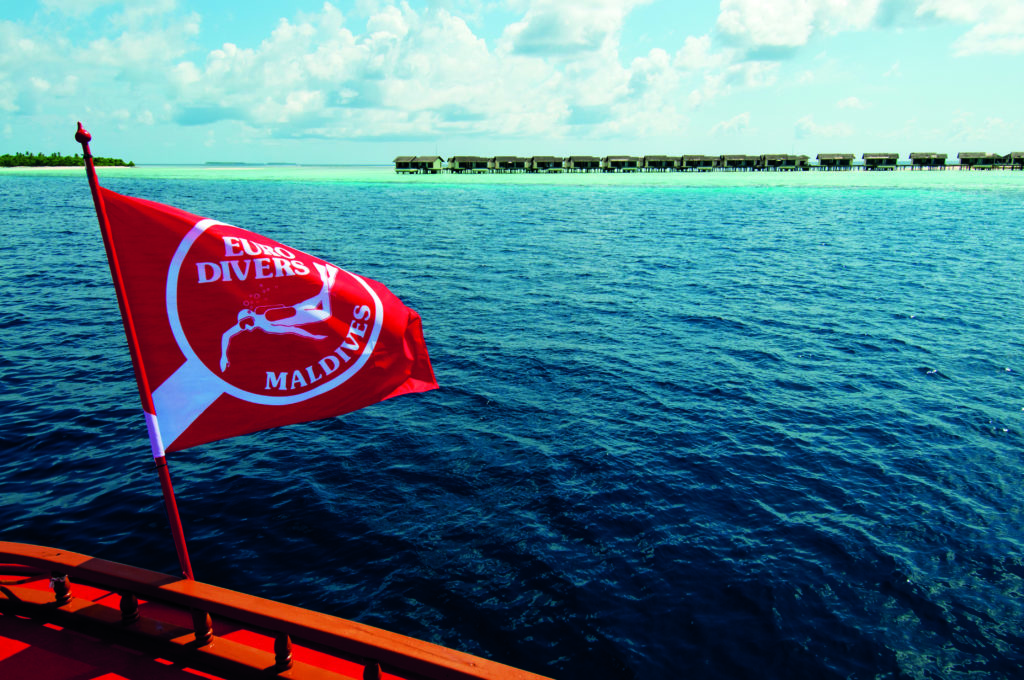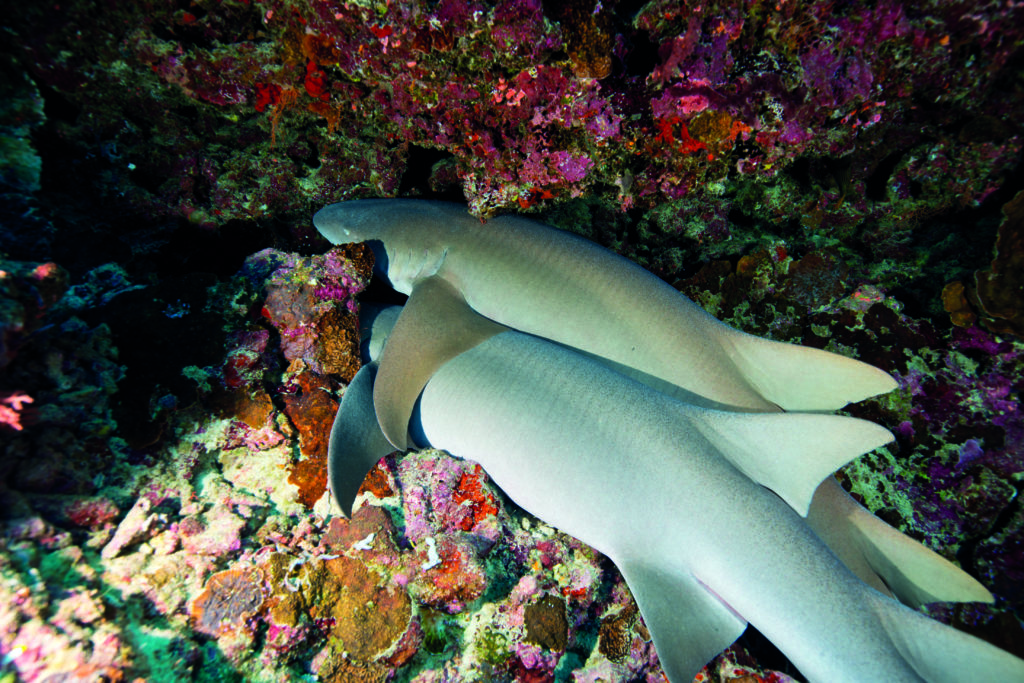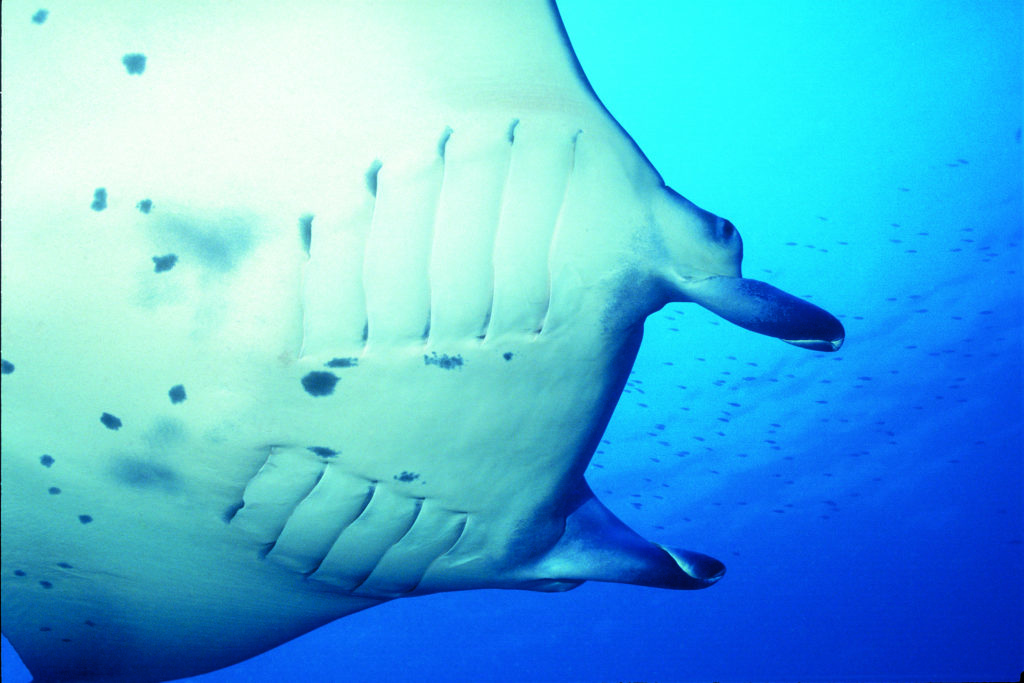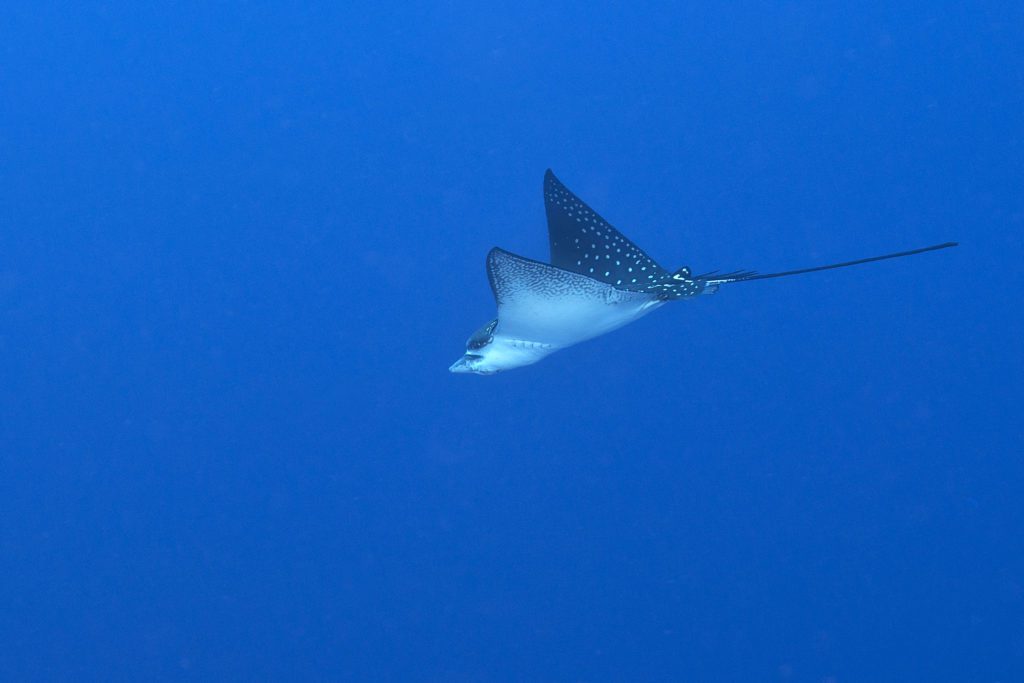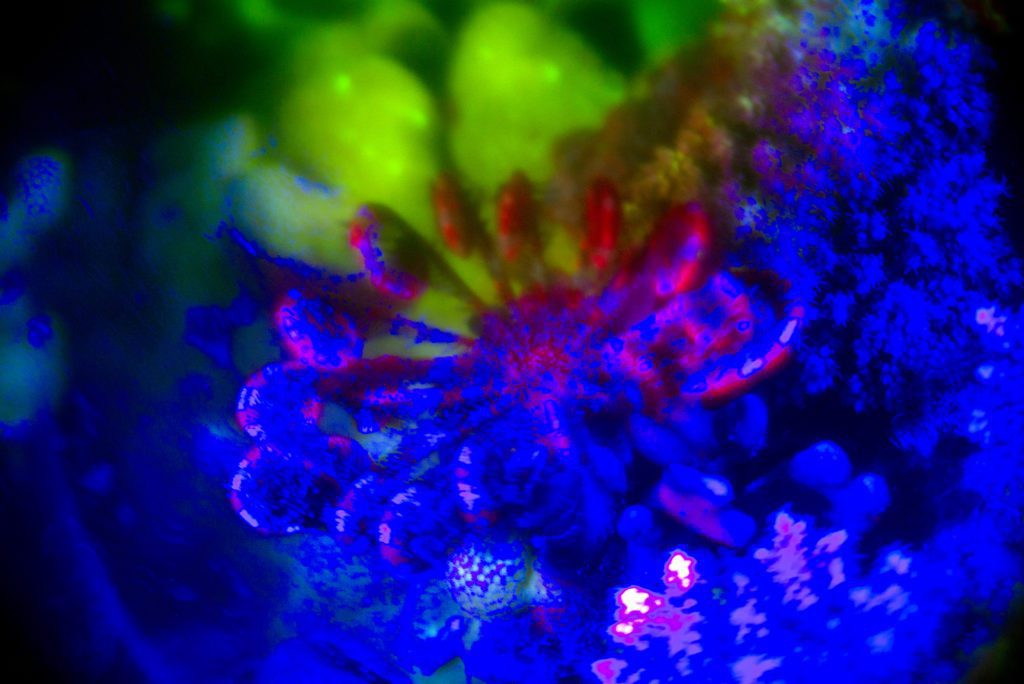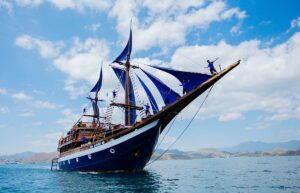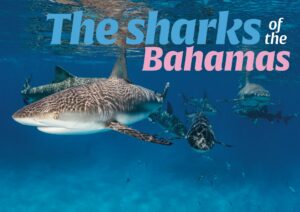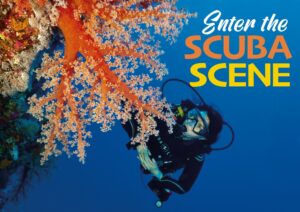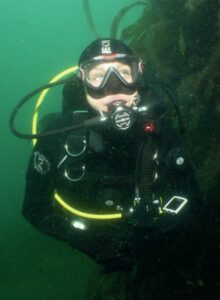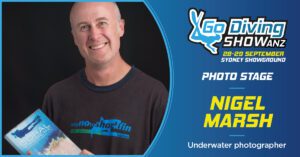Al Hornsby island-hops around four very different, but equally appealing, resorts in the magical Maldives and finds the each has much to offer visiting divers.
There are simply few places in the world as beautiful as the Maldives. Set in the cobalt-blue expanse of the warm, clear Indian Ocean southwest of India, the island nation is nothing less than a long string of glistening pearls sprinkled over an expanse of 90,000 sq. km, the atolls, lagoons and islets of the chain adding splashes of aquamarine, turquoise and glistening white to the rich ocean hues that extend to the horizon in every direction.
And, fittingly, along this tapestry, there are also few places that are equal in how well they welcome tourists, from the exquisite service to the luxury of the resorts to the incredible array of water and beachside activities available everywhere. And this is especially true for the diving, which is always considered among the world’s finest; as well as for the dive operators – among the most well-known, the Maldives-born Euro-divers dynasty.
Among their 12 Maldives locations, it’s impossible to say which ones are the best, but it’s quite easy to pick a bunch of them that are truly magical. This time, we’ll stick with four.
Kurumba
Just a 15-minute boat-ride from the Male international airport, Kurumba is a small island and resort that can be walked around in a less than half-hour stroll on powdery, white sand, the bright, clear waters inside the fringing reef lapping at the shore. The coconut palms and other vegetation part here and there for glimpses of quiet, luxury villas, wonderful for both their privacy and nearness to everything a visitor would want to do on holiday, whether it be snorkelling just out the back door, relaxing by a pool or, of course, diving.
One of my favourite dives at Kurumba was also among the most unique I had ever experienced in all my years of Maldives’ diving. The site’s unusual name, Tuna Factory, actually fits well. Just minutes from the resort is a small island bordering a narrow channel. At water’s edge, a local tuna processing plant prepares freshly-caught tuna for commercial use. Every few minutes, the carcasses are dumped into the channel’s brisk current.
A rock-studded, sandy slope tumbles down steeply from the shore, the scene a somber but surprisingly clear, green-tinted, soft world. The moment a load of tuna parts rains down, hundreds of cowtail and black-blotched stingrays explode upslope from deeper water, completely enveloping the lucky divers lying about the sand. Not to be outdone, a horde of morays – spotted, giant, yellow-margined and green-hued undulateds – emerge from hidey-holes, swarming about for their own scraps. In moments, it’s over and the normally strange, quiet scene settles back over the seascape. In a few moments more, it all repeats, over and over.
Nearby, Nassimo Thila is a remarkable example of classic, Maldives’ diving. Along a coral-covered slope, schools of longfin spadefish, oriental sweetlips and bluestripe snapper meandered everywhere, and green turtles lay about the coral bottom. In one rugged part of the reef, deep, cavernous overhangs were practically full of bluestripe snapper, exquisitely–patterned white-collar butterflyfish and whitetip squirrelfish, among colorful soft corals.
Even with all this, our most re-told dive story from Kurumba happened just off the beach from our villa. My regular snorkelling buddy (my ten-year-old daughter, Juliet) and I swam the 50 metres or so from shore to the fringing reef. Within 15 minutes, we had close passes from a small whitetip shark; a huge black-blotched stingray; a mobular ray; a small green turtle; and a beautiful, two-metre blacktip shark. Now, that’s what I call snorkelling.
Meeru
The small islet of Meeru is one of those places divers dream of, fitting every bit one can imagine of a pristine, tropical paradise. Only a 55-minute boat ride from Male, it’s a comfortable journey that takes you to an isolated, green island fringed with white sand and swaying palm trees, which arises out of a bright, aquamarine sea that stretches away in every direction.
At the destination, the Meeru Island Resort and Spa not so much solely occupies the island as emerges from it… with most every section of villas basically secluded from every other, with only near-neighbours in sight, whether snuggled beneath the tropical forest, scattered along quiet beaches or stretching out over the water on wooden walkways.
One of my first dives in Meeru remains a favourite. I was kneeling at 18m in a rough-bottomed channel. At my back, a rounded mound of coral rose up, swarming with wrasses and butterflyfish – creating a perfect manta-cleaning station, known as Lankan Manta Point. On an outgoing tide, we were facing down-current toward the pass to open sea. Mantas would tend to come in against the current, mouths open to feed, at times stopping to hold position near the mound.
It was a pleasant, patient wait, in a perfect spot, as I knelt on the sand and rubble bottom, camera and strobes set and ready, confident that mantas could appear at any moment.
After a few minutes, my reverie was interrupted by our guide, who had moved over to stop in front of me. He slowly raised a hand and index finger, pointing up slightly above my head. Curious, I turned – the three, motionless mantas hovering just at my back seemed to be staring, curiously, as if thinking, “Hmm…I wonder what he is looking at?”
Thus began one of those joyful underwater experiences that mantas can so uniquely bring… the huge, gentle creatures would hang over the mound being cleaned for a few moments, then pass over our heads, turning and soaring with apparent exuberance, then circle back for more cleaning, sometimes alone, sometimes two or three at a time.
Another favourite spot is called Miyaru Faru, where the dive begins on the outer reef, with the current running down toward a channel entrance. The steep slope is home to green turtles, whitetips and lots of reef tropicals, with large anemones and their resident Clark’s anemonefish scattered here and there. Descending toward 30m, you begin seeing grey reef sharks patrolling the drop. As the current increases, you hook in and watch the parade, also spotting dog tuna, other big pelagics and eagle rays.
Vilamendhoo
Near the Vilamendhoo Resort’s snorkelling boat, a big, three-metre manta sweeps by the excited crowd of snorkellers, giving a thrill most people will never even hope to experience. The group follows, but my wife Christine, my ten-year-old daughter, Juliet, and I stay put, and, as hoped, the manta turns and comes straight back, to within metres of us. Christine is filming on her Go Pro, capturing incredible footage of the manta passing closely by just under the surface; then turning again to pass just under her fins.
Vilamendhoo Island, South Ari Atoll, reached by a 25-minute seaplane flight south from Male, sits amid other small islands in one of the country’s most-celebrated diving areas. It features clear water, profuse coral growth, large groups of schooling fish of many species, sharks, mantas, eagle rays, turtles, and more. What makes it ultimately special, however, is its proximity to Maamigili Whaleshark National Park, one of the few places where whalesharks are not seasonal, but are seen year-round.
The Vilamendhoo Resort and Spa, which solely occupies the 900-metre-long, 250-metre-wide island, is a casually-luxurious place, with lovely, white sand beaches, calm, clear water, beautiful accommodations, and a famous house reef, which runs all along both sides of the island – the entry is a walk across the beach a few metres from your room and a swim of ten metres to a waist-deep, coral-covered reef.
As for dive sites, my favourite was Maamigili, an incredible place for whaleshark encounters – the water is very clear, you ride a gentle current, and the coral-packed reef slope is lovely, extending down to a flat coral plain at about 20m. There were lots of fish – large Napolean wrasse, schools of unusual crescent-tail bigeyes, many different butterfly and angelfish – and, several green turtles and a beautiful hawksbill.
Then, just on cue at the end of the first dive, there it was – a six-metre whaleshark, its lovely, deep-charcoal skin patterned with brilliant white spots, swimming steadily along the reef slope. I got three quick shots, then could only hang there, gazing at this magnificent creature as it gradually disappeared into the blue distance.
Within sight of the resort, Vilamendhoo Thila was my other favorite. It is a large, complex reef structure with overhangs and rich growths of hard corals, which begins in 10m of water and reaches a sand bottom at 30m. The fish life is especially dense, with schooling blue-striped snapper, oriental sweetlips and variable-lined fusiliers. Trevally patrol along the steeper slopes, white-tip sharks swim along the deep portions of the reef, and mantas are regularly seen moving through the channel. What makes this dive most special, however, is the resident congregation of hundreds of longfin spadefish. They followed us our entire dive, the way spadefish often do, as if fascinated by our presence.
Falhumaafushi
Though having dived a lot in the Maldives over the years, I had never been to the deep south, to Havadhu Atoll. Because there are few dive resorts and liveaboards there, the area hasn’t been dived all that much, and it is usually described with words like ‘unexplored’ and ‘undiscovered’. And, considering that the atoll covers some 2900 sq. km, with depths of more than 91m, this is no great surprise.
Our base was Falhumaafushi, a small, green-topped sand island, home to The Residence, an exquisite collection of water and beach villas. Its house reef lies just offshore, and there are many dive sites found nearby, plus a resident school of spinner dolphins (which were encountered every day).
My first afternoon’s diving was at a spot named Dahaadoo. Just a few minutes from the resort, it became my favourite site, and I dived it several times during my visit. It’s a steep, coral-encrusted wall with lots of big gorgonian fans and sponges, riddled by overhangs and crevices. The dive is a drift along the wall on the incoming tide, ending in an exciting rush into and through a pass, on the rising current.
Most special, however, was the incredible array of life we encountered on every dive there. We saw green turtles, trevally, dog-tooth tuna, white-tip sharks and big nurse sharks. Once inside the pass, leopard sharks and huge marbled rays could always be found. What really kept bringing me back, however, was the surprising number of eagle rays. On that first dive, we saw several schools, but they weren’t close enough for good images (eagle rays are notorious for gliding along a wall, then turning to get out of photographic range as they approach divers).
However, I quickly learned that I shouldn’t have worried – on my next dive, after swimming only a short distance along the wall, a big eagle ray came gliding in, giving me an image like I had never made before. And, that wasn’t the last.
Several evenings later, I was invited on another special dive (or snorkel), a ‘Flo Dive’, conducted on the house reef. While I’d heard of fluorescent corals, I’d never had the opportunity to experience them. Many corals and creatures on a reef, under an intense blue LED light and viewed through my mask (and camera) with a yellow filter, went ultra-fluorescent, changing a reef into a wild, unimaginable scene, like something out of the movie Avatar. And, once I figured out the settings, the photographic images were amazing.
Aah, the Maldives. The dive life just doesn’t get much better.
Along a coral-covered slope, schools of longfin spadefish, oriental sweetlips and bluestripe snapper meandered everywhere, and green turtles lay about the coral bottom
Then, just on cue at the end of the first dive, there it was – a six-metre whaleshark, its lovely, deep-charcoal skin patterned with brilliant white spots, swimming steadily along the reef slope
Euro-divers- Euro-divers was born 45 years ago in the Maldives, the dream and brain-child of a small group of Swiss divers. They now have 21 resort dive centres in the Maldives, Egypt, Spain, Croatia, Japan, Mauritius, Thailand and Oman, a number of them associated with Club Med locations - an affiliation of premium partners that has lasted for 17 years. For Euro-divers, its corporate slogan has always been ‘Diving with Friends’, which clearly – and quite correctly, from my repeated experiences – defines their pleasant, customer-service and repeat business approach to taking people diving. But, commitments aside, it’s preparation, training and methodology that produces successful outcomes. For Euro-divers, the consistent methods utilised by all locations; thorough staff training; extensive PADI dive course offerings; modern, well-maintained equipment and boats; and EANx as their standard gas, are among the many reasons for their continuing growth and sterling reputation. www.euro-divers.com
Photographs by Al Hornsby
